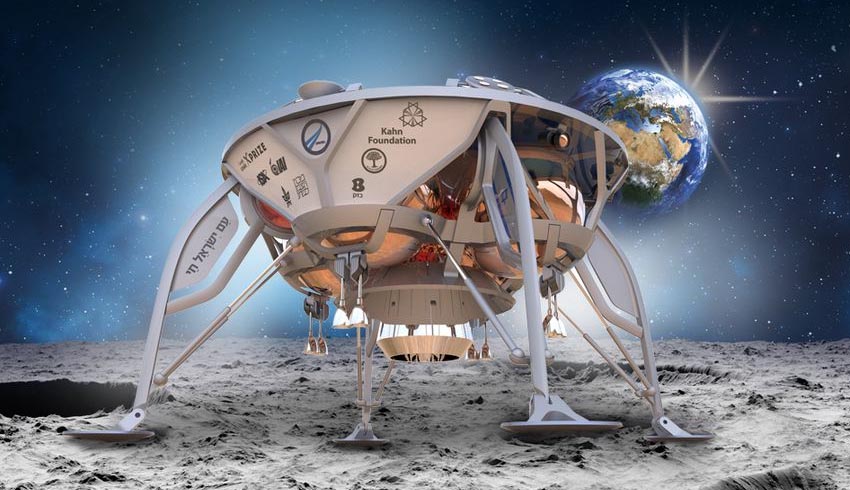Consequently, Beresheet developer Israel Aerospace Industries (IAI) has teamed up with US firm Firefly Aerospace to develop a lunar lander for NASA Artemis mission to return to the moon in 2024.
Firefly and IAI have signed intellectual property and engineering support agreements giving Firefly access to the technology of IAI’s Beresheet lander.
Firefly will use that technology to manufacture a lander, which it will offer to NASA through the agency’s Commercial Lunar Payload Services (CLPS) program.
Boaz Levi, executive vice president and general manager of the IAI systems, missiles and space group, said the experience gained in the Beresheet moon mission, co-developed with SpaceIL, puts IAI at the forefront of lunar lander technology.
That enabled IAI to undertake additional lunar missions with proven technology and significant engineering experience and know how, he said.
“We see in Firefly a similar mix of courage and technological knowledge that fits the IAI spirit and will drive us to the moon quickly and robustly,” Levi said.
Firefly chief executive Tom Markusic said their agreement with IAI would allow them to expand lunar capabilities by creating a US-built version of IAI’s historic lunar lander.
“Having access to flight proven lunar lander technology and the expertise of IAI engineers makes Firefly well placed to gain a foothold in the cislunar market,” he said.
The Beresheet mission failed in its final stage. As it descended towards the moon surface on 11 April, the probe’s motor cut off and it was totally destroyed in the ensuing impact.
That followed nearly eight years of hard work by IAI and SpaceIL, an Israeli non-profit organisation funded mostly by philanthropists and involving companies, universities and a large number of school students.
The venture was prompted by the 2007 Google Lunar XPrize, which offered US$20 million to the first private venture to land a robotic probe on the moon, travel 500 metres and transmit high definition stills and video back to Earth.
Though there were many contenders, none had booked a launch by the deadline date and the prize lapsed. However, Israel decided to proceed.
Beresheet, about the size of a household washing machine, cost around US$100 million, a bargain by the standards of commercial satellite launches, let alone moon probes. However, it was developed without the multiple redundant systems of larger and more expensive craft.
Israel attributed that to a command intended to correct a malfunction in one of the Beresheet spacecraft’s inertial measurement units, which led to a chain of events that turned off its main engine.
From the outset, IAI said it would offer its lander technology for other ventures.
For the Artemis mission, the Space Launch System rocket and Orion spacecraft are mostly developed but the lander isn’t, and NASA has turned to private industry.
Firefly was one of nine companies that received NASA Commercial Lunar Payload Services (CLPS) awards last year. That makes it eligible to compete for NASA orders to transport payloads to the moon on their landers.
NASA will require that CLPS landers be assembled in the US.

